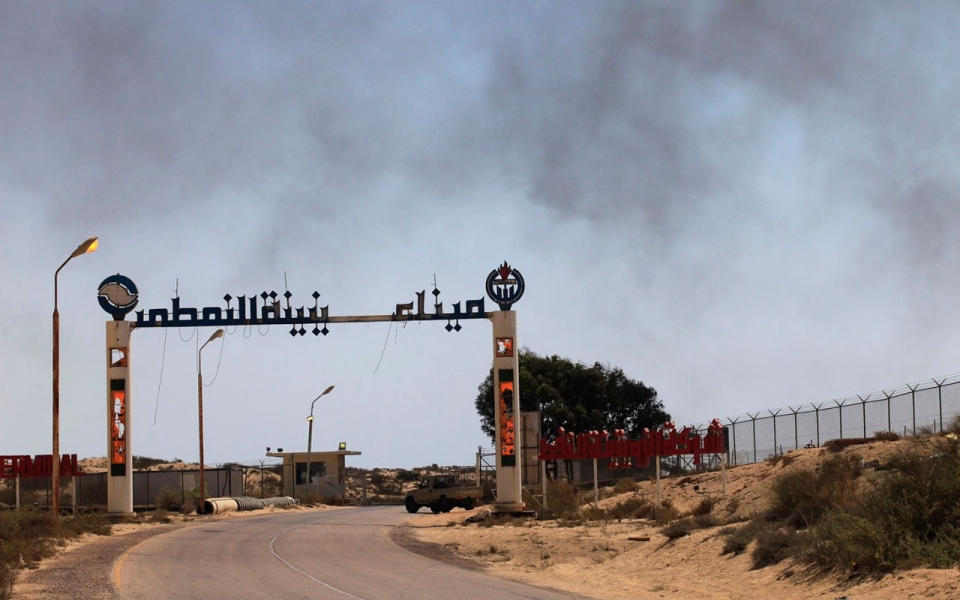
There is a general consensus among oil analysts: the excess supply of oil on the market will subside by the end of 2016. The global demand for oil will increase by 1.2-1.5 million barrels per day, according to BP, the International Energy Agency (IEA), and the Energy Information Administration (EIA). Since the beginning of this year, there has been a significant decrease in shale oil production in the United States. Oil deliveries to the world market are also affected by the militant attacks on production and transport facilities in Nigeria.
Alarming messages are coming from other corners of the world. In late July, ISIS seized two oil infrastructure sites in northern Iraq, killing five workers and destroying the largest oil station that pumped 55,000 barrels of oil to Northern Kurdistan. At the same time, the US resumed their bombing campaign of Libya. According to Pentagon press secretary Peter Cook, the US Air Force bombed Sirte, which has been controlled by ISIS since June. There are about 2,000 militia fighters concentrated in the area around Sirte. It is reported that the strikes are being carried out at the request of the US government.
Before the new bombing campaign, there had been several loud statements on building up Libya’s oil industry, increasing exports from 332,000 barrels per day in July to 900,000 barrels per day by the end of the year. However, Libya’s National Oil Company hasn’t been able to ramp up production since exports through the ports of Ras Lanuf, Zawiya, Zueitina, and Ed Sider have been blocked by militants and local rival groups since 2013.
Analysts estimate that the total export capacity of these ports to be 860,000 barrels per day. According to BMI Research, it is possible for Libyan oil ports to come back online, but they will require significant reconstruction. Maintenance work at Es Sider has already begun. In addition, the country has lost its biggest oil customers. In terms of increased competition between oil producing countries, at present it will not be easy for Libya to come back on the market.
However, before the military operations started again, Bank of America predicted that oil prices would return to between $35-40 per barrel if the conflict in Libya was settled and the country’s full production and export capacity resumed.
Prior to the overthrow and eventual killing of Muammar Gaddafi (coincidentally in the Libyan city of Sirte) and the ensuring civil war, the country was producing up to 1.65 million barrels of oil per day. According to Douglas Westwood, Libya is home to some of the world’s largest proven reserves of liquid hydrocarbons. Oil is the main source of income for countries in Northern Africa, and before the blockade of the ports and exports, contributed 97% of foreign exchange earnings and amounted up to 80% of GDP.
Maria Kutuzova
